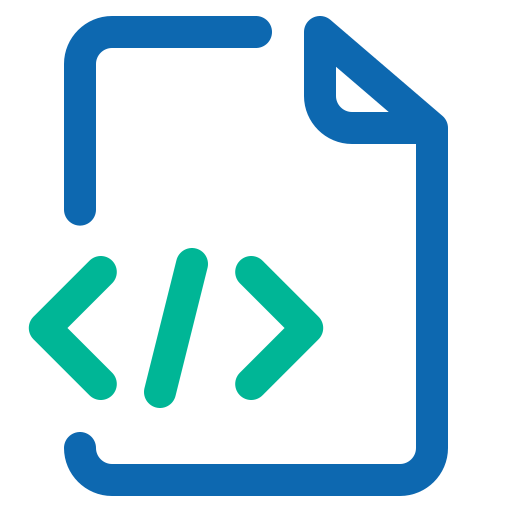Overview of Batoi Insight
Glossary of Terms Used in Batoi Insight
Using Batoi Insight SaaS Spaces
Create and Manage Your Questionnaires
Manage Your Programs
Define and Apply Analytical Models
Analyze Your Collected Data
Generate and Customize Reports
Manage Your Respondents
Configure Your Insight Settings
Guide to Analytical Model Calculations in the Batoi Insight
Calculating Central Tendency with Mode and Median in Batoi Insight
Handling Multiple Score Parameters in Batoi Insight
Calculating Final Score (PS) in Bimodal Scenarios
Glossary of Terms Used in Batoi Insight
By understanding these enhanced concepts and terms, users can effectively navigate and utilize the Batoi Insight platform for comprehensive survey management and analysis.
- Questionnaire: A set of questions designed to collect specific information from respondents. These questions can take various forms, including multiple-choice, accurate phrases, or free-form text responses. Questions can be grouped and categorized for better organization and analysis.
- Program: A structured framework that utilizes questionnaires to collect data from selected respondents. Programs can distribute the full questionnaire or parts of it. Additionally, managers have the capability to input data manually. Programs help in systematically gathering and managing data collection efforts.
- Group: A set of respondents or data points defined by specific criteria, such as score parameters and central tendency choices (mean, median, mode). Groups help organize and segment data for detailed analysis.
- Analytical Model: A framework that applies normalization processes, averaging methods, and other statistical techniques to analyze data. Analytical models are used to process survey data and derive meaningful insights. They can include various methodologies to adjust and interpret scores.
- Analysis: Examining collected data to identify trends, patterns, and exceptions. Analysis is facilitated through dashboards and visualization tools, allowing users to make informed decisions based on the insights derived from the data.
- Reports: Generated documents that present survey data in a structured format. Reports can be standard or customized, created by management users to meet specific requirements. They provide detailed insights and summaries of the collected data.
- Respondents: Individuals who participate in the data collection process as users or non-users of the platform. Respondents can be categorized based on various criteria, facilitating targeted analysis and reporting.
- Categorical Parameters (C-Parameters): Parameters categorizing data into ontological groups or categories. Questions or respondents can be associated with one or multiple categories across different C-Parameters. These parameters help segment and analyze data based on categorical attributes.
- Score Parameters (S-Parameters): Parameters that assign scores to data points, represented by a set of labels, values, and colors, and categorized as progressive, regressive, or neutral. Questions can be associated with one or multiple score parameters, which can be assigned in bulk for groups. S-Parameters help in quantitative analysis and scoring of responses.
- Weight: A value associated with each question, indicating its importance in the overall questionnaire. The total weight of all questions in a questionnaire sums up to 1. Weighting helps prioritize and balance individual questions' impact on the final analysis.
- Adjustment Coefficient: A value assigned to groups within the analytical model to adjust scores in the desired direction. Adjustment coefficients help fine-tune the analysis by accounting for specific group characteristics and ensuring accurate data representation.


























